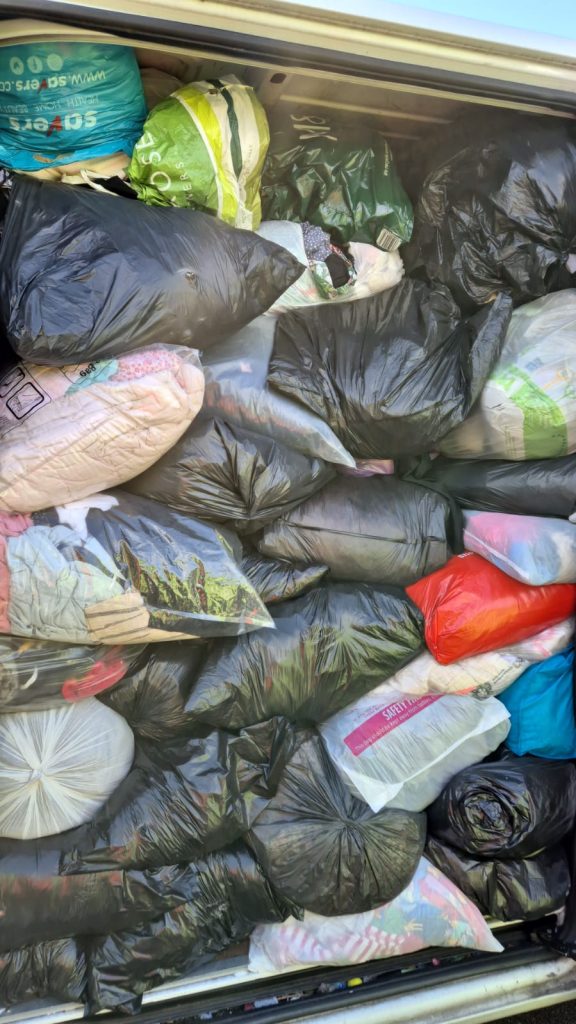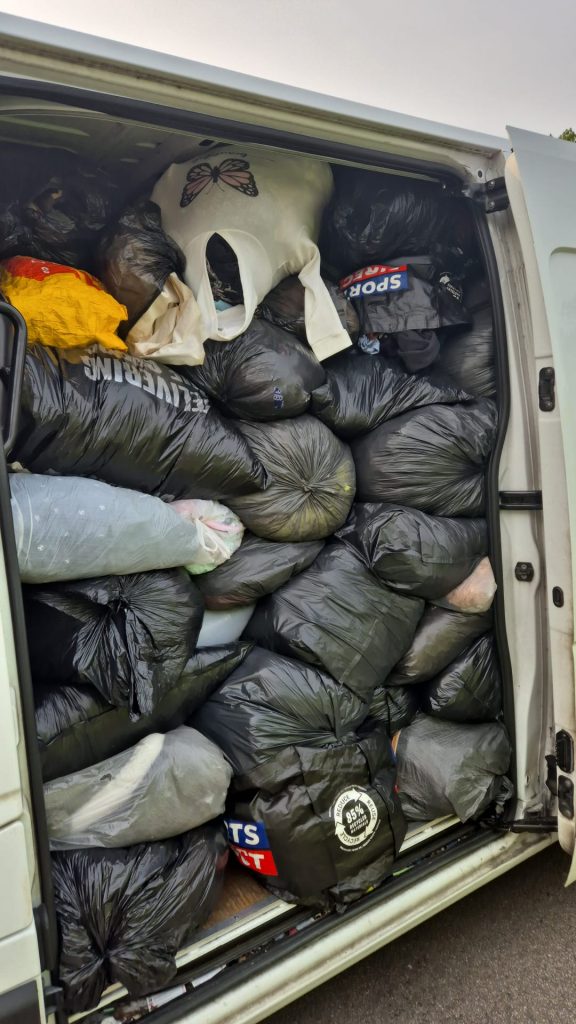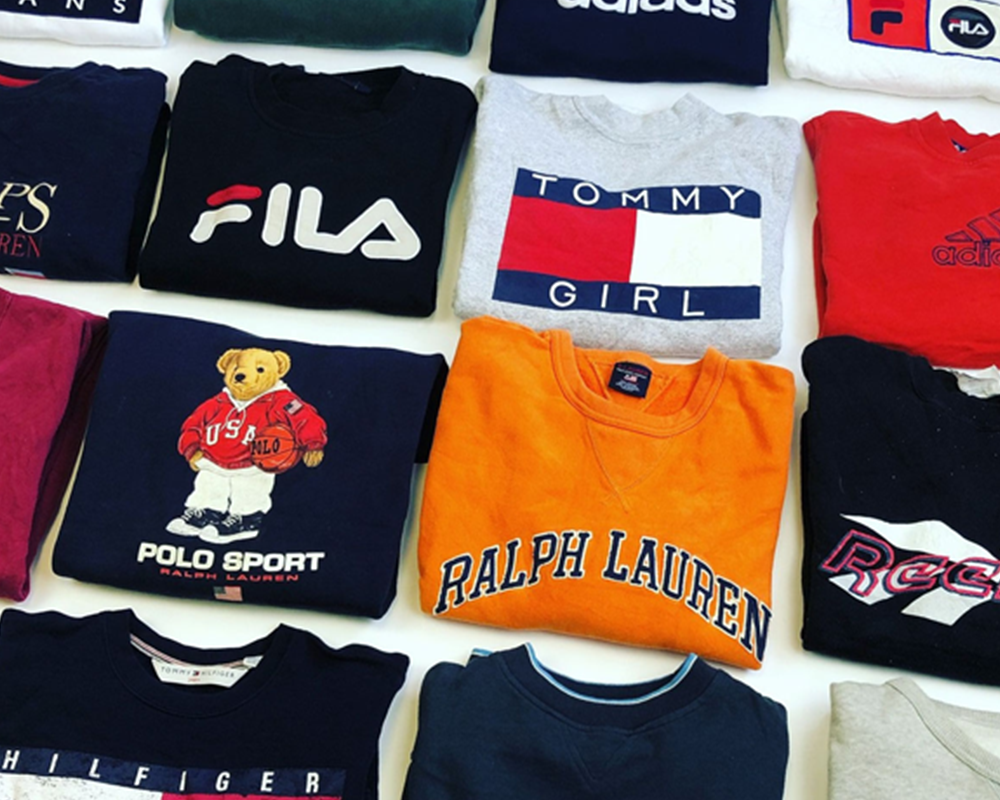In an era of increasing environmental awareness, clothing banks have emerged as a crucial component in the fight against textile waste. These unassuming metal containers, often seen in car parks, shopping centres, and community spaces across the UK, play a vital role in diverting thousands of tonnes of textiles from landfills each year. Let’s delve into the world of clothing banks and explore their significance in promoting sustainable fashion practices.
What Are Clothing Banks?
Clothing banks are secure collection points where members of the public can donate unwanted clothes, shoes, and other textiles. These large metal containers are designed to keep donations safe and dry until they are collected for processing.
How Do Clothing Banks Work?
- Donation: People deposit clean, wearable clothes and other textiles into the banks.
- Collection: Charities or recycling companies regularly empty the banks.
- Sorting: Collected items are taken to sorting facilities where they are categorized based on quality and type.
- Distribution: High-quality items are often resold in charity shops or sent to communities in need. Lower-quality items are recycled into new products or materials.
The Environmental Impact
Clothing banks play a crucial role in reducing the environmental impact of the fashion industry:
- Waste Reduction: In the UK, an estimated 350,000 tonnes of clothing end up in landfills each year. Clothing banks help divert a significant portion of this waste.
- Resource Conservation: By recycling and reusing textiles, we reduce the demand for new raw materials and the associated environmental costs of production.
- Carbon Footprint Reduction: Reusing clothes saves energy that would otherwise be used in manufacturing new garments.
Social and Economic Benefits
Beyond environmental impact, clothing banks offer several social and economic advantages:
- Charitable Support: Many clothing banks are operated by charities, with proceeds from sold items supporting various causes.
- Affordable Clothing: Donated items often end up in charity shops, providing affordable clothing options for those in need.
- Job Creation: The collection, sorting, and resale of donated clothes creates employment opportunities in the recycling and second-hand clothing sectors.
Challenges Faced by Clothing Banks
Despite their benefits, clothing banks face several challenges:
- Theft and Vandalism: Unfortunately, some clothing banks fall victim to theft or damage.
- Inappropriate Donations: Sometimes, people deposit non-textile items or soiled clothing, which can contaminate other donations.
- Oversaturation: In some areas, there may be too many clothing banks, leading to competition for donations.
- Public Awareness: Many people are still unaware of the importance of textile recycling and how to use clothing banks properly.
The Future of Clothing Banks
As awareness of environmental issues grows, the role of clothing banks is likely to expand:
- Technological Integration: Some companies are exploring smart clothing banks that can sort donations automatically or alert collectors when they’re full.
- Increased Presence: We may see more clothing banks in easily accessible locations to encourage donations.
- Educational Initiatives: There’s likely to be a push for more education about textile recycling and the proper use of clothing banks.
- Policy Support: Government policies may increasingly support and regulate clothing banks as part of broader waste reduction strategies.
How to Use Clothing Banks Responsibly
To maximize the effectiveness of clothing banks:
- Clean and Dry: Only donate clean, dry items to prevent mould growth and contamination.
- Pair Shoes: Tie shoelaces together to keep pairs intact.
- Bag It Up: Place items in a tied bag to keep them together and protect them from dirt.
- Check Accepted Items: Different clothing banks may accept different types of textiles. Always check before donating.
- Don’t Overfill: If a bank is full, find another or come back later. Don’t leave items outside the bank.
Conclusion
Clothing banks stand at the forefront of the battle against textile waste, offering a simple yet effective way for individuals to contribute to a more sustainable fashion ecosystem. By providing an easy method for people to recycle their unwanted clothes, these banks play a crucial role in extending the lifecycle of textiles, reducing waste, and supporting charitable causes.
As we move towards a more circular economy, the humble clothing bank serves as a reminder that small actions, when multiplied across millions of people, can have a significant positive impact on our planet. Next time you’re clearing out your wardrobe, remember the clothing bank – your old favorites could be embarking on an exciting new journey, benefiting both people and planet along the way.



